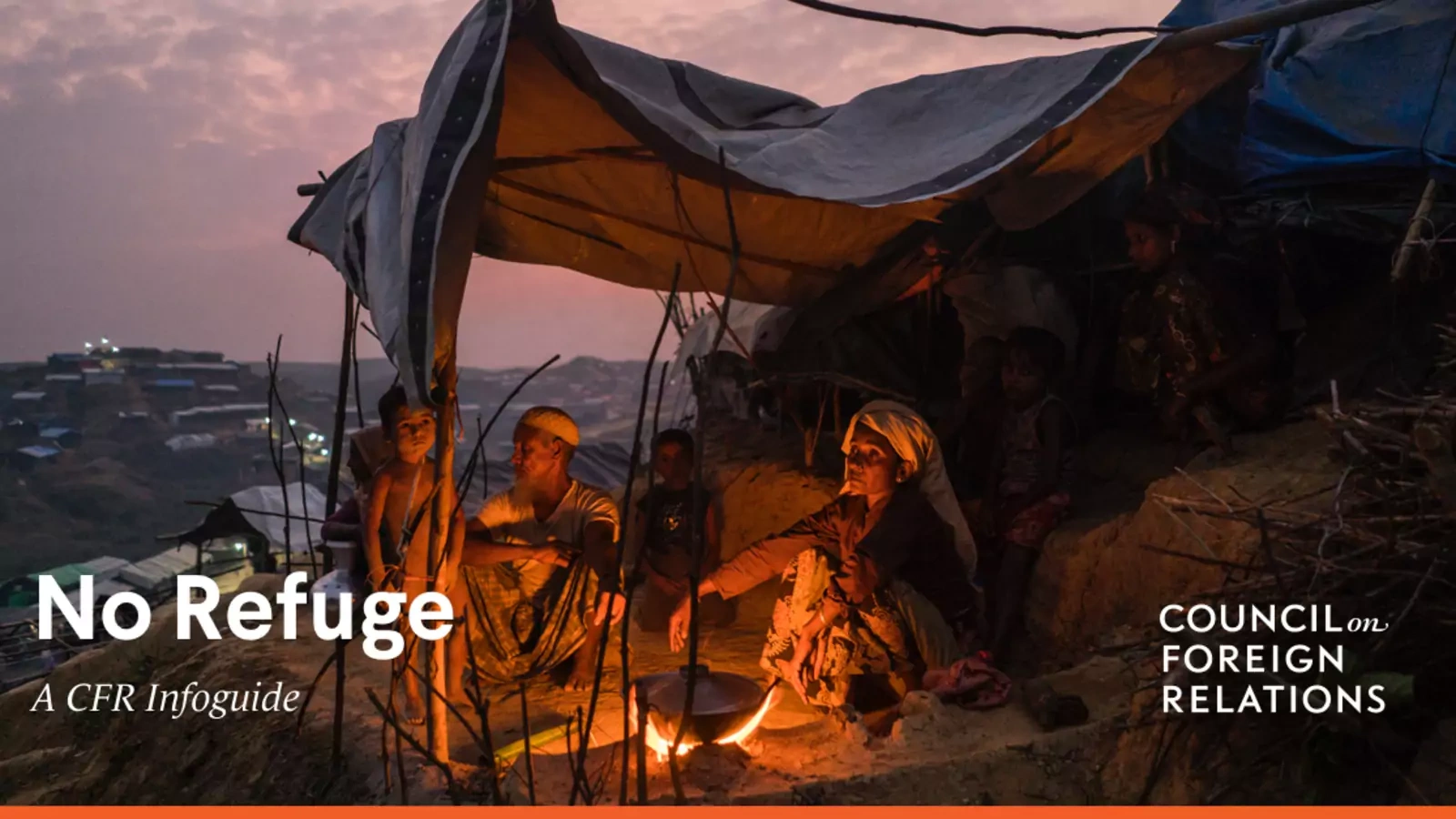Shrinking Options for Swelling Refugee Population Illustrated in New CFR InfoGuide

A new multimedia InfoGuide from the Council on Foreign Relations (CFR) examines the burgeoning crisis and the strains it is placing on the international refugee system.
February 12, 2019 2:41 pm (EST)

- News Releases
February 12, 2019—The international systems that should be addressing the swelling numbers of refugees are beset with challenges, threatening to create a large permanent class of refugees. A new multimedia InfoGuide from the Council on Foreign Relations (CFR) examines the burgeoning crisis and the strains it is placing on the international refugee system.
From Venezuela to Syria, over sixteen million people worldwide were forcibly displaced from their homes in 2017, and more than a quarter of them crossed national borders—a historical high that looks likely to hold or even increase. “No Refuge” provides an immersive look at the causes of displacement, such as violence and state failure in Latin America, expulsions of the Rohingya in Myanmar, and the civil war in Syria, and provides an overview of the postwar international refugee system.
More on:
Eighty-five percent of refugees are concentrated in low- and middle-income countries adjacent to their own. Many wealthier states that have historically welcomed refugees, such as the United States, have benefited from refugees’ economic contributions. But with traditional solutions—repatriation, resettlement, or local integration—shrinking, more than half of the world’s refugees have now been displaced for five or more years. The system now must contend with a challenge that is both larger and open ended. The guide also chronicles the role of rising anti-immigrant political movements, including in the United States, in closing off paths of refuge.
“Every generation seems to have its refugee crisis, but the current one looks more entrenched, with growing humanitarian and security consequences,” says CFR.org Managing Editor Robert McMahon, who helped lead a team that created the guide. “The InfoGuide examines the underpinnings of the global refugee system and how it has become disrupted, from the U.S.-Mexican border to southern Europe’s Mediterranean Rim.”
“No Refuge” includes:
- an interactive map of origin and destination countries for refugees;
- a timeline of UN Security Council response failures in Syria’s civil war;
- a slideshow depicting refugee camps and urban settlements;
- a glossary of terms to understand the current regime; and
- a review of policy options that can help refugees and support host states.
View “No Refuge” at www.cfr.org/no-refuge.
More on:
“No Refuge” is the tenth in CFR’s Emmy Award–winning InfoGuide series that also includes “Modern Slavery,” “Deforestation in the Amazon,” “The Time of the Kurds,” and the “The Eastern Congo.”
InfoGuides are made possible by generous funding from the Carnegie Corporation of New York.
 Online Store
Online Store